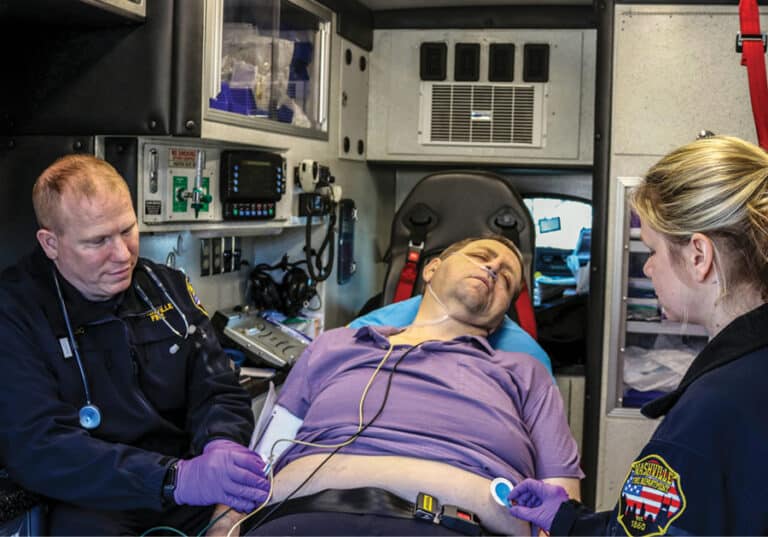Do plastic containers harm us?

Plastic containers are everywhere around us – from water bottles and food storage boxes to cosmetic packaging and medication blister packs. They’re convenient, lightweight, and cheap. But are they safe? More and more studies are raising red flags about the long-term impact of plastic on human health. So let’s ask the real question: do plastic containers harm us?
Passing through Romania and need a prescription for your chronic treatment?
Contact the Dr. Petrache’s Virtual Clinic for any medical issue you encounter while in Romania. Send an email to: clinica@diabet-si-nutritie.ro
What do plastic containers contain?
Most plastic containers are made from synthetic polymers and may contain a variety of chemical additives to enhance flexibility, clarity, durability, or temperature resistance. Among the most concerning substances are:
- Bisphenol A (BPA) – commonly found in polycarbonates; can leach into liquids, especially when heated
- Phthalates – used to make plastic soft and flexible (mainly in PVC); act as endocrine disruptors
- Styrene – found in polystyrene (like coffee cups); possibly carcinogenic
- Antioxidants and UV stabilizers – added to prolong shelf life, can migrate into food and beverages
What does chemical leaching mean?
When a plastic container is exposed to heat, acids, fats, or UV rays, some of its chemicals may leach into the contents of the container. That means these substances can end up in your food, drinks, or personal care products – and ultimately, inside your body.
What are the health risks?
The effects depend on the type of chemical, the duration of exposure, and the vulnerability of the individual (pregnant women, children, chronically ill adults). Commonly reported risks include:
- Hormonal disruptions – BPA and phthalates mimic or block estrogen and androgen activity
- Reduced fertility – observed in both women and men after chronic exposure
- Increased risk of obesity and diabetes – endocrine disruptors alter metabolism and insulin sensitivity
- Neurodevelopmental issues – especially harmful during pregnancy and early childhood
- Cancer risk – some studies link BPA exposure to breast, prostate, and thyroid cancers
What do the studies show?
Many epidemiological and laboratory studies have detected BPA, phthalates, and other plastic-derived chemicals in urine, blood, amniotic fluid, and even breast milk. Key findings include:
- A meta-analysis in Environmental Health Perspectives links BPA exposure to metabolic syndrome and cardiovascular disease
- JAMA published findings that associated higher phthalate levels with lower sperm quality
- Animal studies have shown that prenatal BPA exposure can alter brain development and behavior
What do the plastic codes mean?
At the bottom of most plastic containers, you’ll see a triangle with a number from 1 to 7. This is the resin identification code, which helps assess safety:
- 1 (PET or PETE) – used in disposable water bottles; safe for one-time use only
- 2 (HDPE) – considered safe; found in milk jugs, detergent bottles
- 3 (PVC) – contains phthalates; not safe for food contact
- 4 (LDPE) – relatively safe; used in plastic wraps
- 5 (PP) – generally safe; found in yogurt containers, straws
- 6 (PS) – may release styrene, especially when heated
- 7 (Other) – includes polycarbonate (may contain BPA); use with caution
Is BPA-free really safer?
Many modern plastic products are labeled “BPA free”, which seems reassuring. However, BPA is often replaced with similar compounds like BPS or BPF. Recent research suggests these substitutes may have equal or even stronger endocrine-disrupting effects. So „BPA-free” doesn’t necessarily mean safe.
How can we protect ourselves?
Here are a few easy ways to reduce exposure to harmful plastic chemicals:
- Avoid heating food or liquids in plastic containers, especially in the microwave
- Don’t reuse disposable plastic water bottles, especially those labeled with code 1 (PET)
- Don’t freeze food in non-designated plastic containers
- Use glass, stainless steel, or ceramic containers for food storage
- Replace plastic straws with reusable ones made of stainless steel or silicone
- Avoid leaving plastic bottles in hot cars or direct sunlight
What about microplastics?
Microplastics are another growing concern. These tiny particles (under 5 mm) result from the breakdown of plastic in the environment. They are found in air, water, and food – and have been detected in placenta, bloodstream, and lung tissue. Though research is still ongoing, microplastics may contribute to inflammation, oxidative stress, and immune system dysregulation.
Are there eco-friendly alternatives?
Yes. More and more sustainable and health-friendly alternatives are available:
- Borosilicate glass or stainless steel bottles
- Food containers made of glass with silicone lids
- Reusable bags made of cotton, beeswax wrap, or food-grade silicone
- Straws made of bamboo, metal, or silicone
Passing through Romania and need a prescription for your chronic treatment?
Contact the Dr. Petrache’s Virtual Clinic for any medical issue you encounter while in Romania. Send an email to: clinica@diabet-si-nutritie.ro
Conclusion
Plastic containers aren’t inherently dangerous, but frequent use, exposure to heat, or improper reuse can lead to chemical exposure. The best strategy is to limit plastic contact, especially for food, beverages, and skincare. Our bodies aren’t designed to filter these synthetic substances – and cumulative exposure may take a toll on health over time.
Follow us on:
- FaceBook: Diabetes & Nutrition;
- YouTube: Diabetes Facts.
















